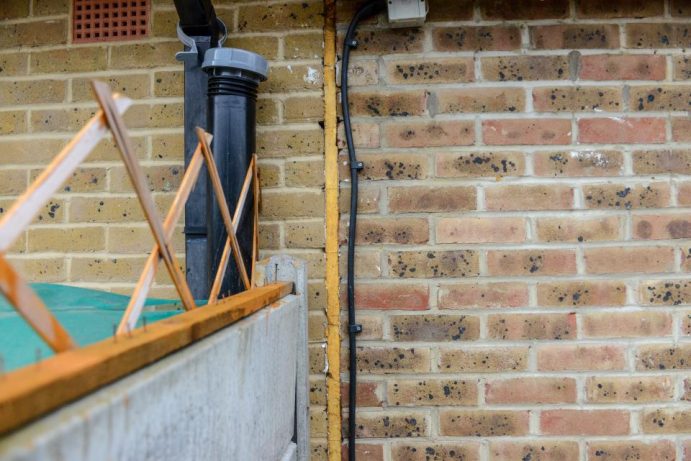
Every landowner is supposed to know the essentials of a boundary to avoid making mistakes or having projects that would affect their neighbours thus have a conflict. Some of the boundary essentials include the following:
I. In most cases, land boundaries are created when a landowner divides a large tract of land into small pieces for sale. Therefore, to ensure that each land piece is demarcated, the owner of the land uses a boundary. The landowner has the responsibility of defining each of the boundaries because he or she owns the land and it is upon him or her to determine the piece of land he/she is willing to sell.
If you need help identifying your property boundaries, you will need to consult a chartered surveyor. Without an external surveyor to determine your boundaries, you may get into a boundary dispute with your neighbour. This may escalate in legal costs if you do not find a boundary dispute resolution.
II. The boundaries created are described in the earliest title deed (transfer or conveyance) because it cannot be altered in any way. The boundary definition can either be expressed in words or a drawn plan or as both. The main objective is to have the boundary in any form to have proof of the same.
III. The ambiguities that are found in conveyances are normal because the people who wrote the descriptions did not possess the skills of measuring the land or drawing accurate skills.
Therefore, they made errors when making plans or maps. These errors are not an exception but a norm and only an experienced land surveyor can accurately define and explain the boundaries.
IV. The dimensions that are included in conveyance plans should not be considered as legally binding because they do not have any statements of the measurement method used and lack quality control because little or none was applied.
V. Most transfer and conveyance plans of the twentieth century onwards were generated by the developer’s plans. These plans explain what the architect wanted to build and where he/she intended to be built.
With time, you might find out that some of the structures built aren’t supposed to be built on the land and they are built in awkward places. Therefore, if you are looking to develop the land or have a different setup, you may have to hire an architect to plan the land afresh and have the right plan.
VI. In case the information that’s contained in a title deed or deed plan is not clear, considering the intentions of the original vendor is the best approach.
For instance, you can determine what the vendor wanted with the description and the plan that’s attached to the deeds. With such information and the help of an expert, it is easier to determine what the original vendor wanted or was looking forward to in the long run.
VII. The land registry does not define property boundaries. As we have discussed above, the landowner is solely responsible for land boundaries. The land registry only compiles and maintain the register of titles.
Hence, if you own a piece of land, your title will be compiled by land registry and in case any of the boundaries need to be added to the registry, there are certain legal steps that you are supposed to follow as a landowner.
VIII. The land registry does not define property boundaries. This means that if the exact line of the boundary created requires registration, either you or your professional/legal adviser should tell exactly where the boundary is located to be documented.







